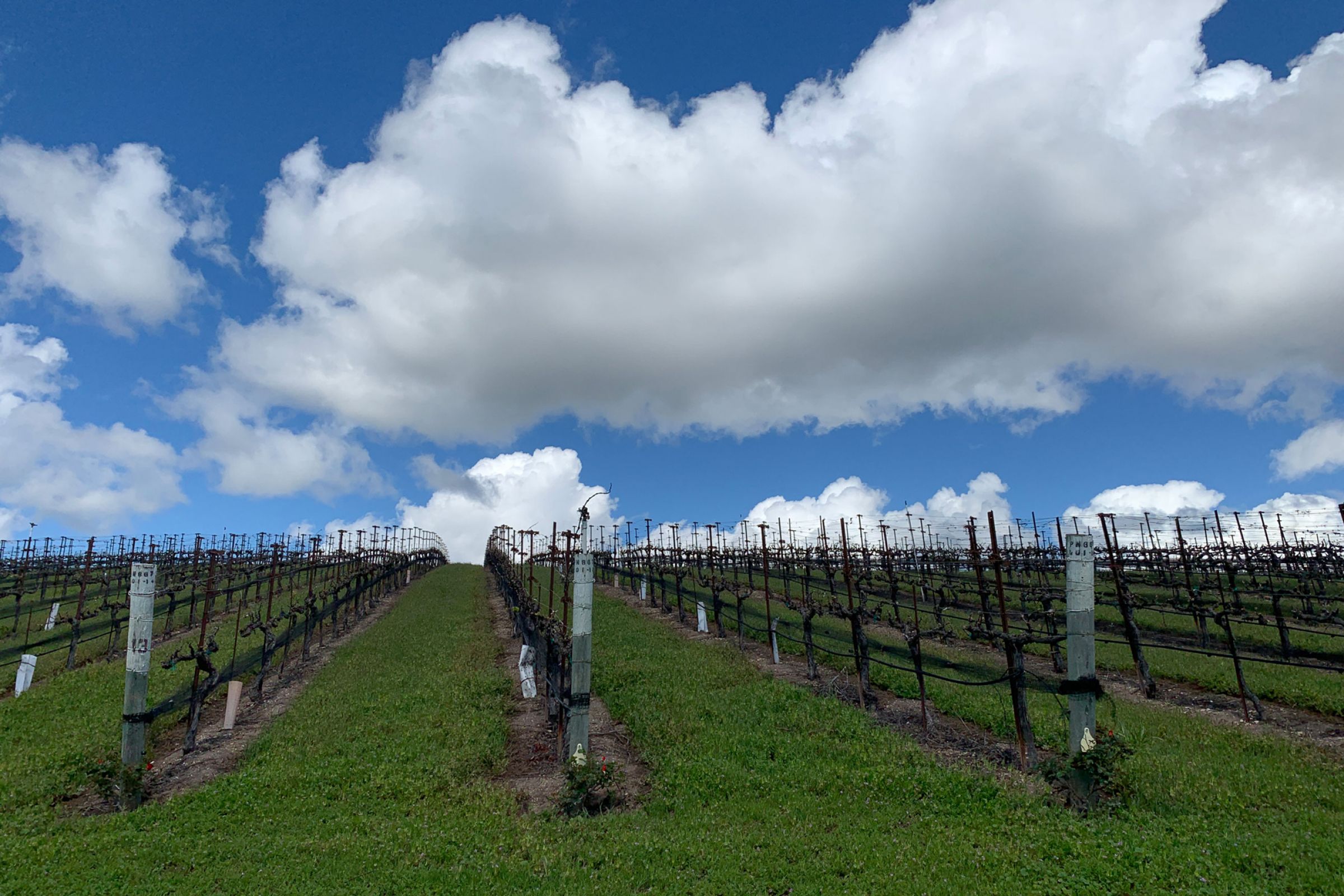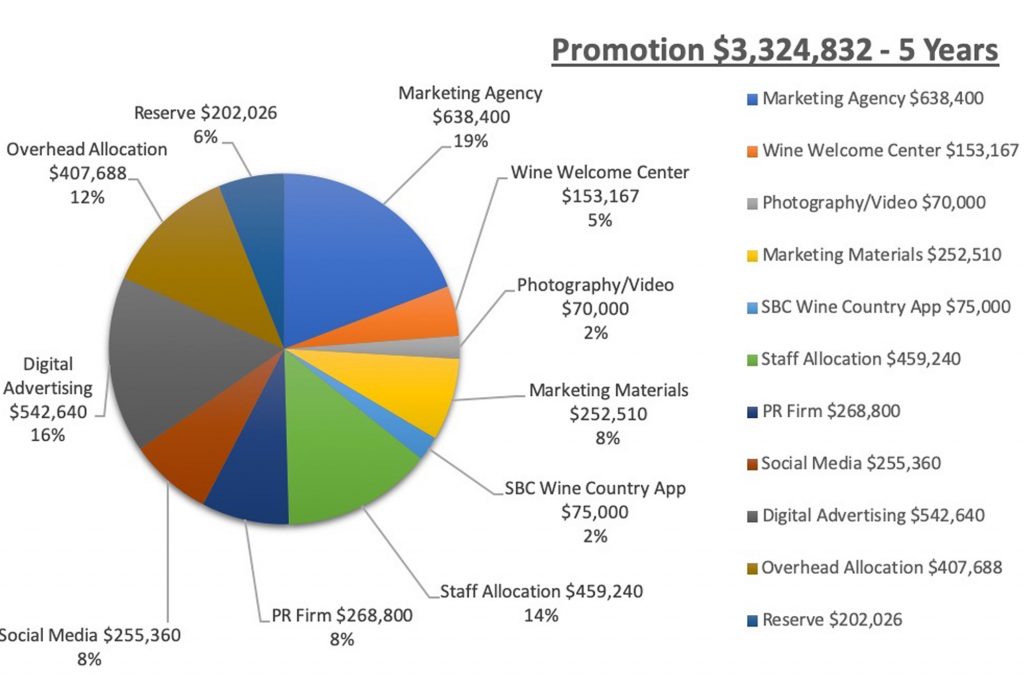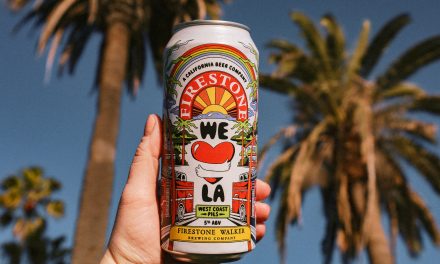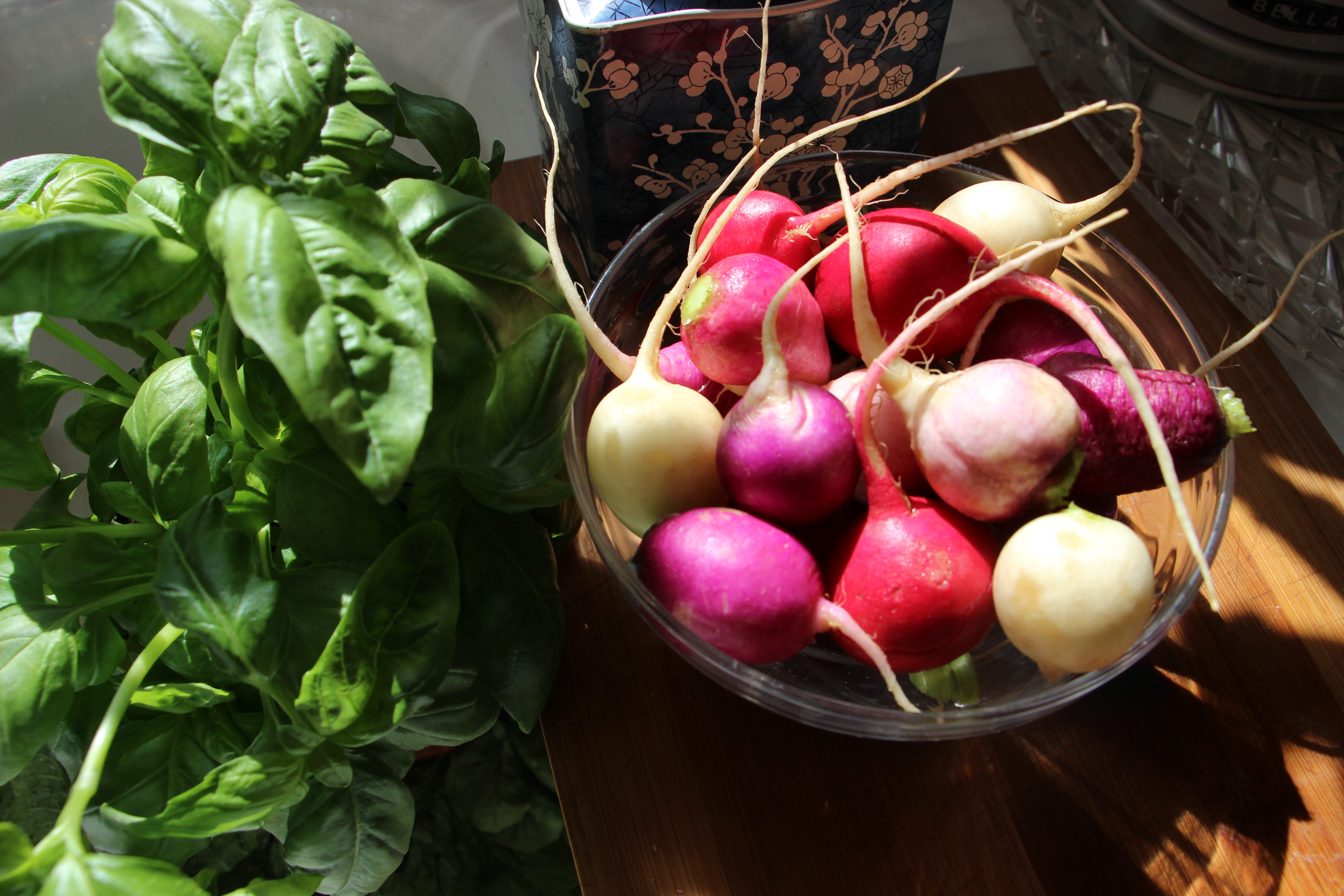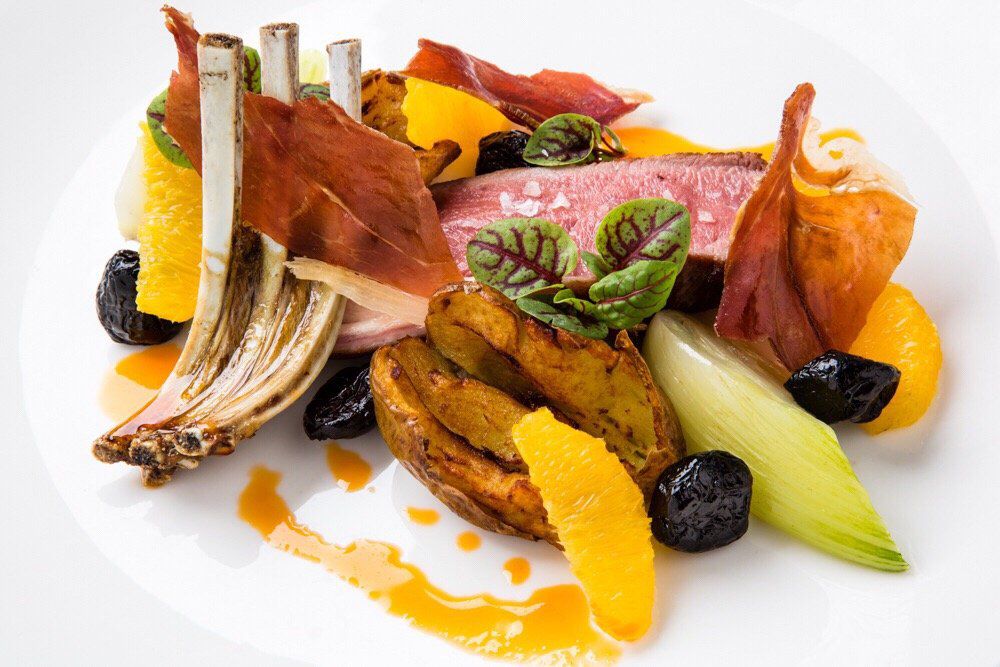By Laurie Jervis,
Contributing Writer
The Santa Barbara Vintners took its case for an assessment fee on tasting room wine sales to the Santa Barbara County Board of Supervisors on Tuesday, and the county recommended that the association continue its plans for a petition and vote later this year.
The proposed assessment would be a 1.5 percent fee per each bottle sold in tasting rooms and wineries throughout Santa Barbara County, or a “subset” of a brand’s total sales.
It would also be assessed on tasting fees, merchandise and food, but not on wine club shipments and pickups or event tickets. The fee would not be assessed on online, phone or wholesale sales to groceries or restaurants.
It would essentially be a wine industry-specific business improvement district, and is also called a wine preserve in other areas.
Santa Barbara Vintners CEO Alison Laslett initiated plans for the Santa Barbara Wine Preserve in 2018, and says the assessment would boost the group’s efforts to market Santa Barbara County as a wine tourism destination, a status already enjoyed by Paso Robles, Napa and Sonoma counties, and Temecula.
A majority (51 percent) of the bonded wineries in Santa Barbara County needs to approve the proposed assessment to create the Santa Barbara Wine Preserve, which then would need final approval from the Board of Supervisors, according to Laslett.
Between now and the end of 2020, the Santa Barbara Vintners will draft a petition for winemakers and hold public hearings throughout the county, she said.
Other California wine regions have larger operating budgets (Paso Robles has about $1.5 million and Napa is about $7.2 million), and the assessment funding could increase the group’s annual budget to more than $1.6 million, about three times what it is now, according to the SBV presentation.
Among the services the Santa Barbara Wine Preserve would provide to wineries are marketing, special projects, community organization and promoting the Santa Barbara County wine region to tourists. Marketing represents 62 percent of the proposed five-year budget, according to Santa Barbara Vintners.
While the supervisors generally supported the proposal during Tuesday’s informational presentation and discussion, they expressed concern over how the assessed fees would be verified and collected.
“We would prefer to do something” to help the wine industry grow, Fifth District Supervisor Steve Lavagnino said.
Supervisor Joan Hartmann, whose Third District contains the bulk of the county’s wineries and vineyards, agreed with the SBV that “we lack cohesive marketing here, and this would help market Santa Barbara County as a region.”
Some wineries and winemakers support the proposed assessment, but there is a robust group of opponents, Laslett said. Two of those winery owners spoke during public comment Tuesday.
David deLaski, co-owner/winemaker of Solminer Wines with his wife, Anna, cited “a lack of major support among wineries” for the Santa Barbara Wine Preserve, since “75 percent of the wineries here in Santa Barbara County (already) are not members of the SBV.”
By various accounts, there are about 270 bonded wineries/winemakers in Santa Barbara County.
“I don’t really need a welcome center; our customers have the Internet,” deLaski said.
Steve Pepe, co-owner of Clos Pepe Estate Vineyards, echoed deLaski’s concerns, noting in a letter to the supervisors that “in its 40 years of existence, the SBV has never attracted a substantial majority of the SB wineries to become members. Similarly, it has been able to raise only $500,000 each year,” he wrote, referring to the fees paid by current association members.
Lending their support to the Santa Barbara Wine Preserve were Stephen Janes, estate manager at Pence Vineyards and a member of the Preserve Steering Committee; Tyler Thomas, president and winemaker of Dierberg and Star Lane vineyards; Karen Steinwachs, general manager and winemaker at Buttonwood Farm Winery & Vineyard; and Nicholas Miller of Miller Family Wines.
All described the need to infuse Santa Barbara County’s wine region with marketing funds so that wineries can flourish, especially in the time of decreased sales because of the COVID-19 pandemic.
Janes called on Santa Barbara County’s wine region to “grow up” and secure funding in order to better promote itself.
“(The SBV’s) board of directors has decades of industry experience, and without (the Santa Barbara Wine Preserve), Santa Barbara County will languish and not reach its full potential,” he said.
Thomas, who relocated to Santa Barbara County from Napa several years ago, described himself as, “quite frankly, appalled at how underfunded the SBV organization was.”
Steinwachs said she doubts wine consumers will balk at paying an assessment fee.
“We at Buttonwood support the Preserve, especially now (COVID) with the lack of sales from direct-to-consumer business,” she said. “There is no other alternative.”
Miller, whose family farms two regional vineyards, produces multiple wine brands, and operates two tasting rooms and a Santa Maria production facility, described how some visitors to his Santa Barbara tasting room “have never heard” about the county’s wine industry because of the lack of funds to promote it.
“This (step) should be part of the efforts to rebuild our region in the wake of COVID,” Miller said. “I want to heavily reiterate that we fully support moving forward.”
Laslett said she understands that some people “are philosophically opposed to any fee assessment,” and some winemakers “may fear they will lose customers to the assessment,” especially in the wake of COVID-19 restrictions on direct-to-consumer sales.
However, in the long run, Laslett believes that the benefits “will far outweigh the cost of the assessment.”
She used the example of an average bottle of Santa Barbara County wine priced “between $35 and $40,” the sale of which would then yield an assessment of approximately 60 cents.
— Laurie Jervis is a Noozhawk contributing writer and columnist. She tweets at @lauriejervis and can be reached via winecountrywriter@gmail.com.

